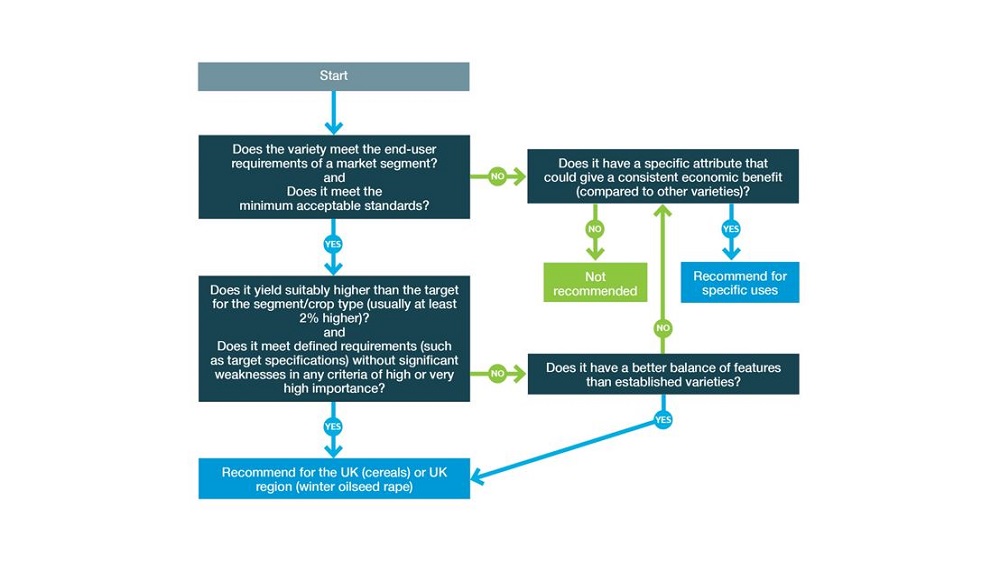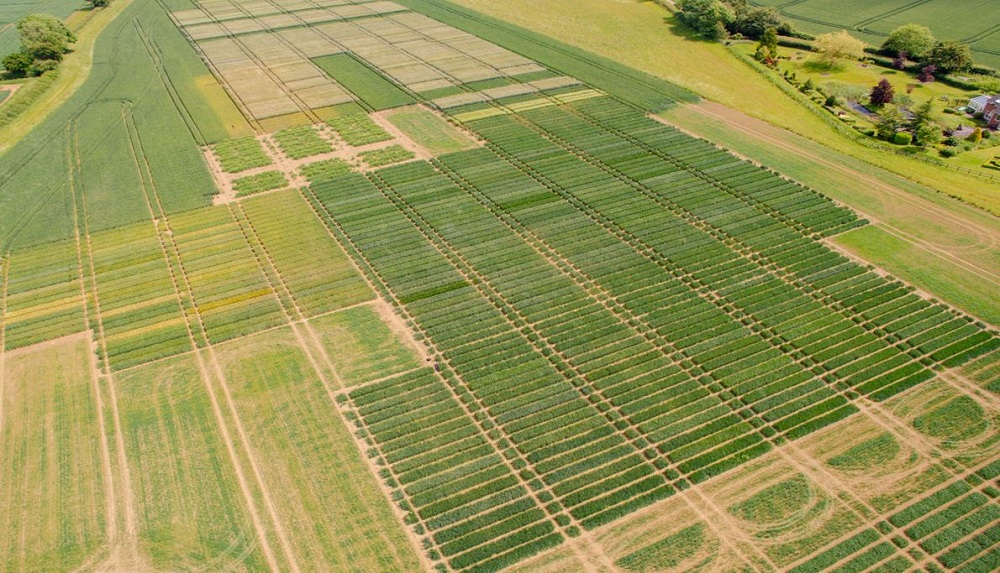RL review leads to tighter variety recommendations
Friday, 30 August 2024
The way varieties of cereals and oilseeds get recommended has changed. Jenna Watts and Paul Gosling explain.
Harvest is a busy time of year for farmers and the team behind the Recommended Lists for cereals and oilseeds (RL).
We harvest hundreds of trials each year – spread from Cornwall to Aberdeenshire – to deliver annually updated variety data for 11 crops in recommended and descriptive lists. Far more than what went into the production of the first recommended lists in 1944.
Each year, we assess nearly 25,000 trial plots, which would stretch from London to York if placed end to end.
This generates the robust data that underpins recommendation decisions.
When is it right to recommend?
Although the number of varieties on the RL is sometimes the subject of discussion, most (about 80%) farmer respondents to the latest RL review felt that the number of varieties was about right.
Further detailed discussions did identify opportunities to refine the recommendation approach. Additionally, the most recent RL reviews highlighted the need to look beyond headline fungicide-treated yields, with pest and disease resistance often cited as being more important.
So how do varieties get recommended today?
The RL project board and crop committees follow strict processes, which have one question at their heart: Will this variety potentially provide a consistent economic benefit to the UK cereals or oilseeds industry?
To answer this question, the committees follow a decision tree.
Recommendation decision tree*
 AHDB
AHDB
Until this autumn, it was possible for very high-yielding varieties (at least 2% higher than the yield target) to receive an automatic recommendation, if minimum standards for disease and agronomic features (such as lodging) and end-use market specifications were met.
There has been a subtle change to how we answer the question posed earlier. Now varieties need to meet more stringent requirements and will always be reviewed by a committee.
Requirements include new target specifications, which raise the bar compared to the long-established minimum standards, and more scrutiny of any significant weakness in a criterion of high or very high importance.
This year, new target specifications have been introduced for mildew and brown rust in winter wheat and all winter barley and oat diseases. We also increased the importance of fungicide-untreated yield in wheat and barley, and mildew and crown rust in oats – all from medium to high.
If a variety fails to meet any of the targets, it will need to demonstrate that it has a strong balance of features (compared to established varieties) for it to gain recommendation. Put simply, it needs to offer something different that outweighs any weaknesses in important characteristics.
This approach isn’t a radical departure, but it is a further step in a direction we have been moving towards for some years.
Because different growers and end users require different things, the RL will always feature a diverse range of varieties. Every variety will not suit every situation. In fact, some will be niche.
Each spring, the crop committees review the targets while considering changing industry requirements. This helps to ensure that recommended varieties always deliver what the industry wants and needs.
The results of this year’s selections will be available in RL 2025/26, which will be published online on 2 December 2024.
Join the RL team
The crop committees are made up of industry experts and representatives, including farmers and agronomists.
If you think that you could play a positive role in how the RL develops and which varieties are recommended, contact us at rl@ahdb.org.uk or look out for opportunities to join the committees towards the end of the year.
About the RL board and committees
Visit the RL project, protocols and procedures page
High disease levels and variable winter crops yields captured in RL harvest results
*Note: Recommendation decision tree adapted from the primary recommendation decision tree published in the RL Crop Committee Handbook (available on the RL project page).
 AHDB/Shooting Stone Media
AHDB/Shooting Stone Media
.jpg)

Topics:
Sectors:
Tags:


